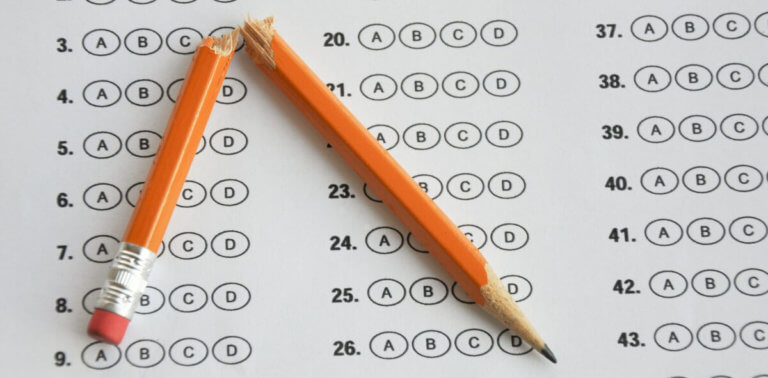
As COVID-19 continues to transform the higher education landscape, we are also witnessing the evolution of the college admissions process. An anticipated new book by an industry observer is laying down some potential US college admissions update, which include less testing and more early acceptance.
Award-winning higher education journalist Jeffrey Selingo spent time in the admissions offices of Emory University, Davidson College, and the University of Washington for an inside look at college admissions. He travelled the country, speaking to students, parents, high school counsellors, and other stakeholders to validate or dispel well-entrenched myths.
He had completed his research when COVID-19 hit. Nevertheless, Selingo’s work sheds light on the current state of higher education while anticipating how it will change in the pandemic climate. Here’s a taste of what he discusses in the book, along with top takeaways from his recent interview with the New York Times.

Many colleges have been waiving SAT and ACT scores or going test-optional in the face of COVID-19. Source: Shutterstock
Test scores will bear less weight in college admissions
We prioritise college admissions tests in university applications, but how pivotal are SAT and ACT scores? Selingo believes they are becoming less and less important, especially as institutions are already waiving these scores or going test-optional in the face of COVID-19. “Once their world doesn’t come crashing down and they still recruit a class, those colleges are not going to flock back to the test. I think it’s been knocked off the pedestal permanently,” he said.
While this forces admissions officers to consider high school grades and achievements, it may make it harder for less-privileged students to prove their merit against peers with more resources.
More schools will allow early acceptance
Could early decision applications gain favour in this higher education climate? Selingo says yes. This is when students apply to their top school in November, and hear back in December. They have to go to the chosen school if accepted. An alternative is early action, where students are not bound to their top school.
According to Selingo, colleges have exhibited a proclivity to early decisions during times of economic anxiety such as the Great Recession. He predicts that more schools will use this method to figure out who will be arriving, and how much financial aid they’ll need.

Damonte Coxie #10 of the Memphis Tigers drops the ball in celebration after a third down touchdown pass reception against the Arkansas State Red Wolves at Liberty Bowl Memorial Stadium on Sept. 5, 2020 in Memphis, Tennessee. Source: Brett Carlsen/Getty Images/AFP
Diversity and sports quotas guide college admissions — but for how much longer?
Through his time in those offices, Selingo observed that officers do prefer students from a minority group or playing college sports. Students also inadvertently create “application bloat” with a long list of extracurricular achievements. Clubs, societies, hobbies, and social causes are collected and showcased to appear most desirable. How will the pandemic change this?
“It’s going to be difficult for students to fill in 10 spaces for extracurricular activities, flag down teachers for recommendations or take six AP courses and exams,” Selingo said. “Admissions officers are going to have to focus on what matters. That means in the future they can pare back the application and reduce our collective anxiety about what it takes to get into college.” “Who Gets In and Why: A Year Inside College Admissions” by Jeffrey Selingo will be published on Sept. 15, 2020. Order it here.
Liked this? Then you’ll love…
What you should know about US universities waiving admissions tests
Common college admissions mistakes international students should avoid







